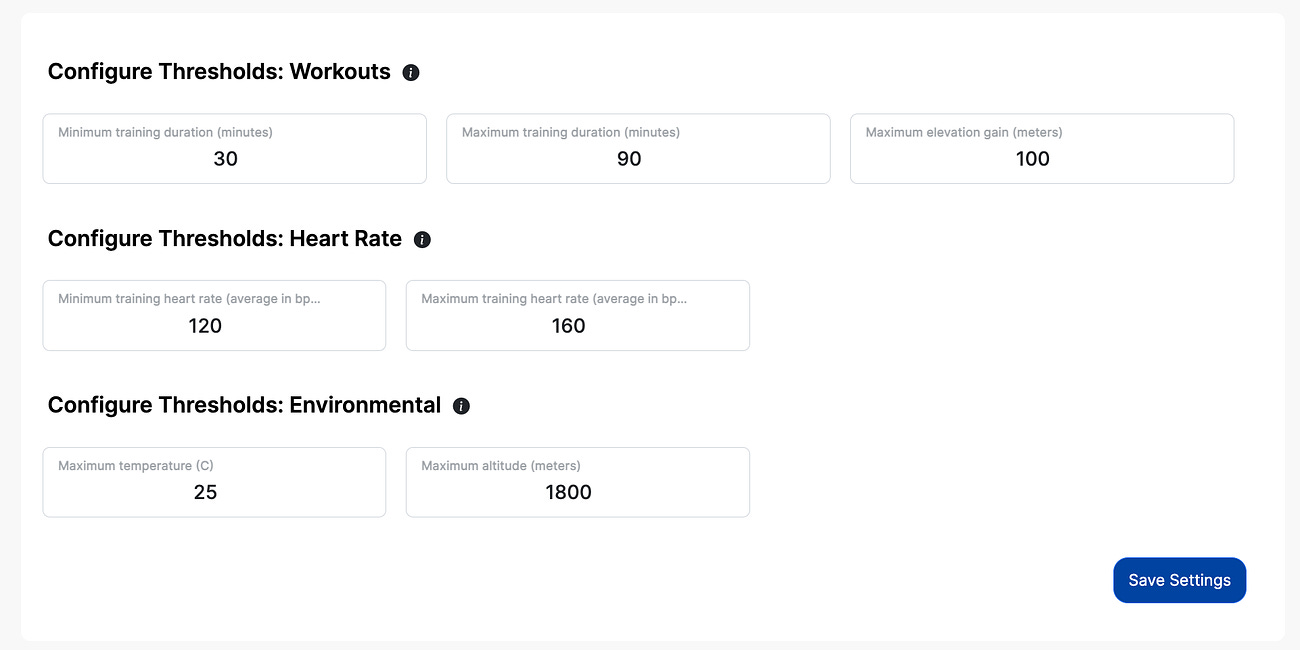HRV4Training Pro: Aerobic Endurance Analysis update
check it out at https://hrv4training.web.app/
I've added Aerobic Efficiency and Cardiac Decoupling to each individual workout on the Aerobic Endurance Analysis page in HRV4Training Pro.
What is Aerobic Efficiency?
To determine your aerobic efficiency we compute the relation between output (pace or power) and input (heart rate). Intuitively, a lower heart rate for the same output (pace or power), when consistently shown over periods of weeks, translates into better aerobic efficiency.
Similarly, a higher power or faster pace at the same heart rate is linked to improved aerobic efficiency. By analyzing the relationship between input and output for running or cycling activities, you can easily track aerobic efficiency changes over time, as you progress with your training.
What is Cardiac Decoupling?
Cardiac decoupling relates to your cardiac drift during an aerobic effort. What’s your cardiac drift? Basically, your heart rate increases as a result of your body getting fatigued (dehydration, changes in blood volume, etc), during the second part of a workout.
To determine your cardiac decoupling, we compute the relation between output (pace or power) and input (heart rate) during the first and second half of a workout, and look at how things change in these two phases.
Intuitively, if your heart rate increases at the same pace during the second part of a workout, or if your pace reduces in an attempt to keep your heart rate below a certain value, it means that your aerobic endurance for the distance is not well developed. A ratio close to one or below 1.03–1.05 shows that your heart rate does not drift much during the second part of the workout, which is a sign of good aerobic endurance.
Example from Sunday's marathon
In the example below you can see my aerobic efficiency (arbitrary units) and cardiac decoupling (a ratio, hence a difference of about 2% here between the first and second half of the race, partially due to an increase in environmental temperature from 10C to 22C).
While aerobic efficiency is in arbitrary units, it can be interesting to see how things change in the long term (these changes would show how cardiorespiratory fitness changes), and also acutely after an effort (these changes reflect fatigue). For example, below, after the marathon, we can see that my aerobic efficiency is reduced for yesterday's run, as I am sore and more fatigued, but things improved already today, getting closer to the "fresh state" of the race.
You can find the actual data here on my Strava.
What do you need to use these features?
A Strava account linked to HRV4Training.
HRV4Training Pro, which you can try here, if you already use the app.
Doing the actual training.
On the Aerobic Endurance Analysis page, you will also be able to filter different workouts based on duration, elevation gain, temperature, altitude, etc. - so that you can see the analysis without outliers, as I have done below (most hilly workouts are removed here).
I hope you will find this update useful, enjoy.
Learn more, below.
Marco holds a PhD cum laude in applied machine learning, a M.Sc. cum laude in computer science engineering, and a M.Sc. cum laude in human movement sciences and high-performance coaching.
He has published more than 50 papers and patents at the intersection between physiology, health, technology, and human performance.
He is co-founder of HRV4Training, advisor at Oura, guest lecturer at VU Amsterdam, and editor for IEEE Pervasive Computing Magazine. He loves running.
Social:
Twitter: @altini_marco.
Personal Substack.








I can't find any individual workouts on the aerobic efficiency page. I have both TP and Strava, and they're both linked in the iOS app. Is there something missing to this? I bought a Pro membership a few days ago. Is there something missing in my setup?